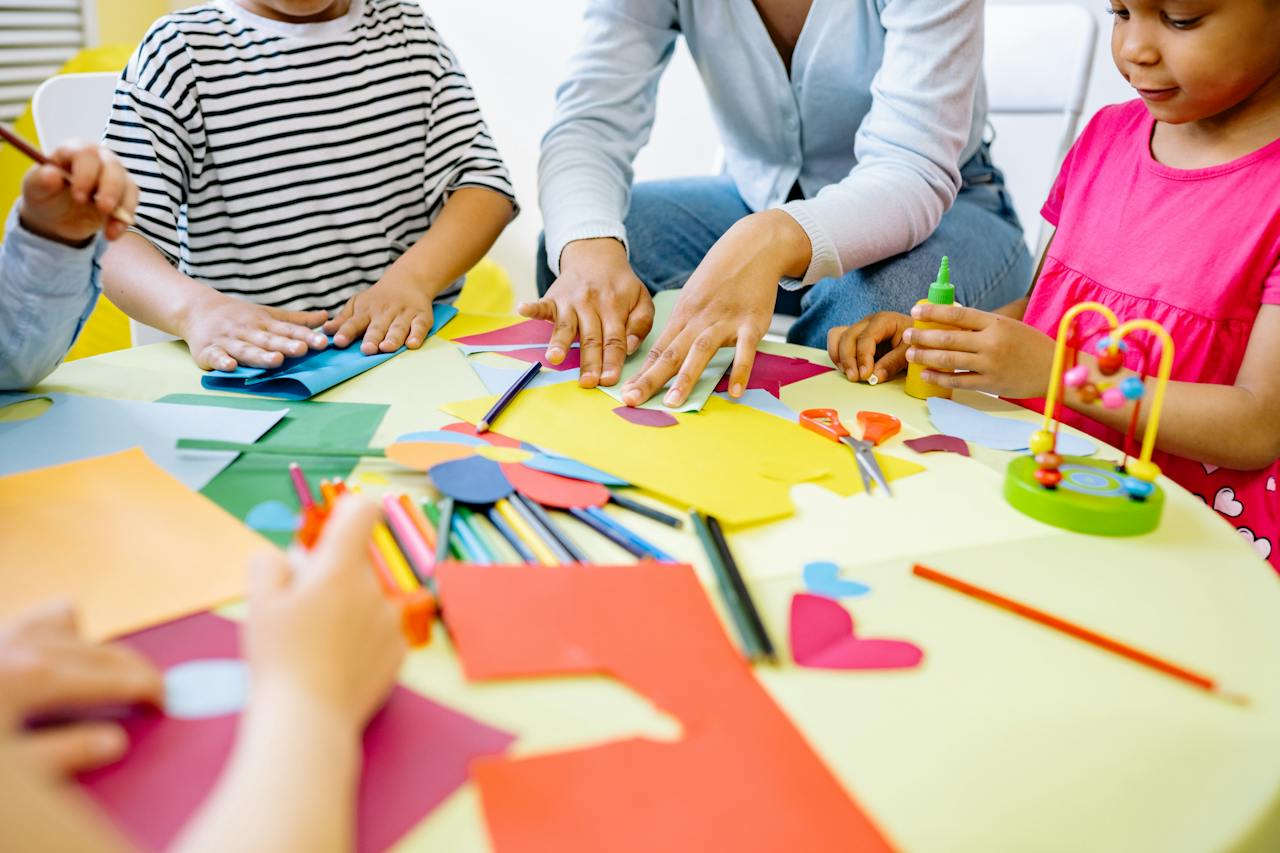Introduction
Art education can often be undervalued in today's society; however, its significance cannot be overstated. Artistic pursuits extend beyond simply producing beautiful pieces; they foster creativity and critical thinking skills and develop various other capabilities. In this article, we will examine all of the advantages offered by art classes for individuals of all ages, as well as explore multiple forms of art that can be explored.
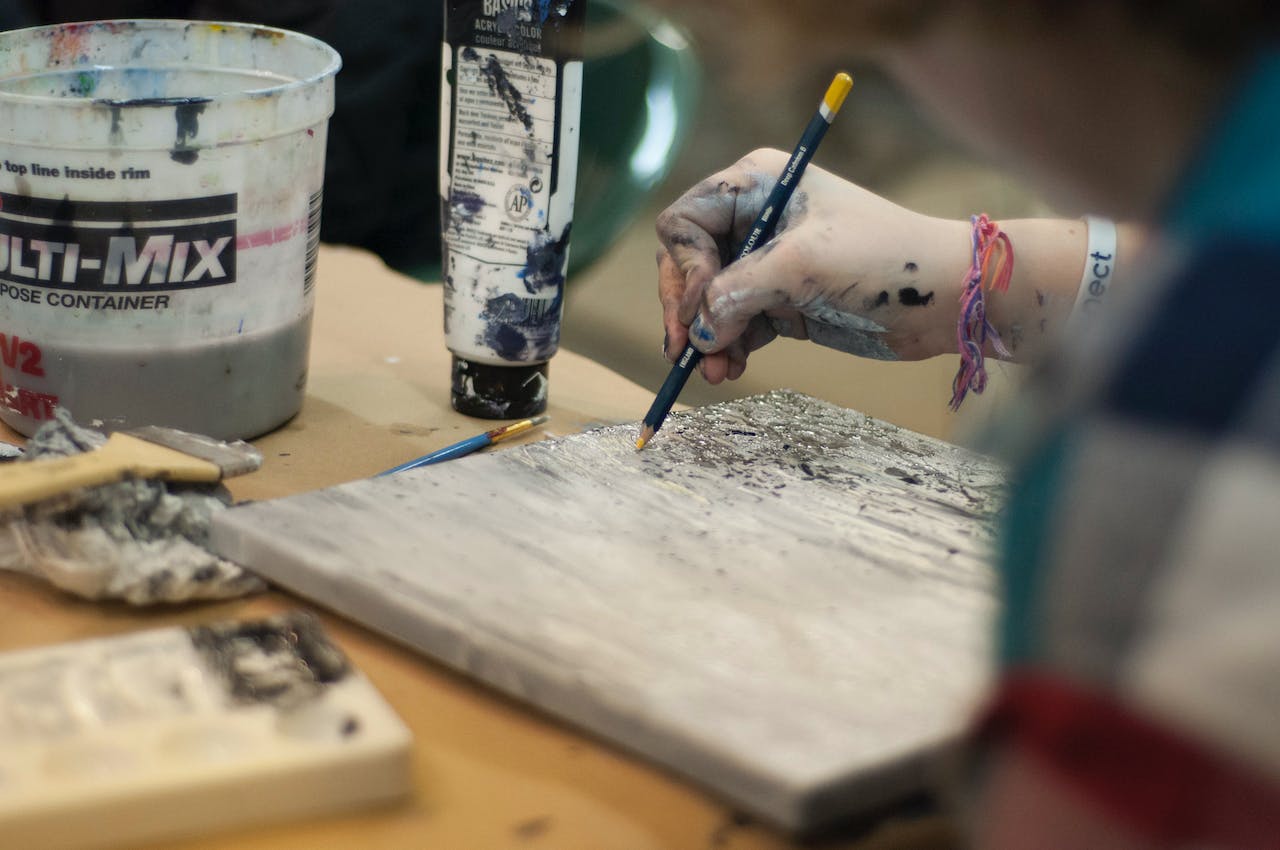
Exploring Various Forms of Art
Art is an endlessly fascinating topic. There are countless forms to discover through art classes; let's look at some of the more popular ones here:
Painting and Drawing
Painting and drawing are among the oldest forms of art. Individuals can express their creativity and emotions on canvas or paper through brushes, pens, and pencils. Art classes focusing on these disciplines provide essential techniques, colour theory knowledge and composition courses so aspiring artists can develop their skills while finding their unique style.
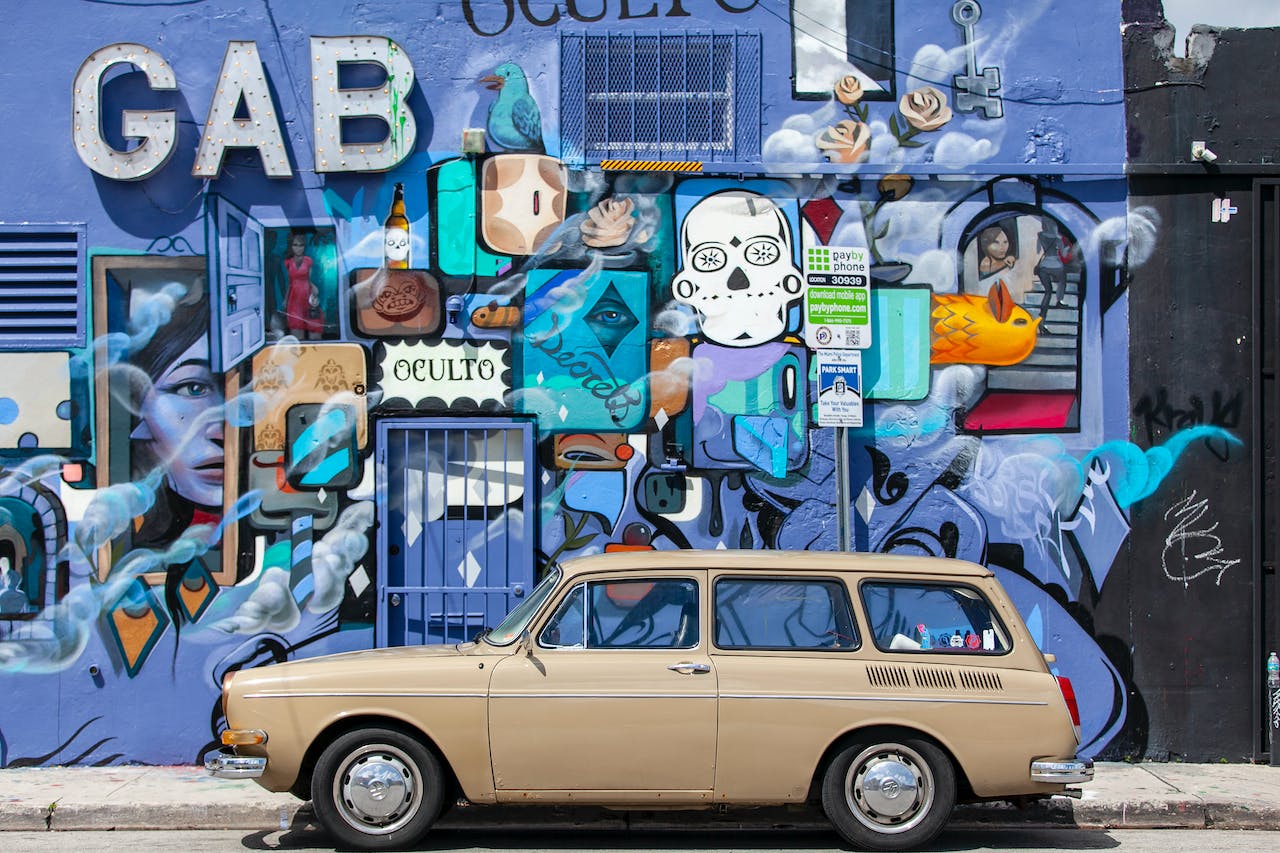
Sculpture and Pottery
Sculpture and pottery allow individuals to use their hands to create three-dimensional art. Working with clay to shape beautiful sculptures or functional pottery pieces can be immensely satisfying. Art classes dedicated to this form provide participants with an excellent opportunity to explore their imaginations while realizing their ideas.
Photography and Visual Storytelling
Today, everyone is an amateur photographer, but art classes dedicated to photography take this passion a step further. By learning composition, lighting, and editing techniques, individuals can elevate their photography skills and capture compelling visual stories - capturing nature's splendour or documenting human experiences through images - photography opens up a whole world of creativity and self-expression.
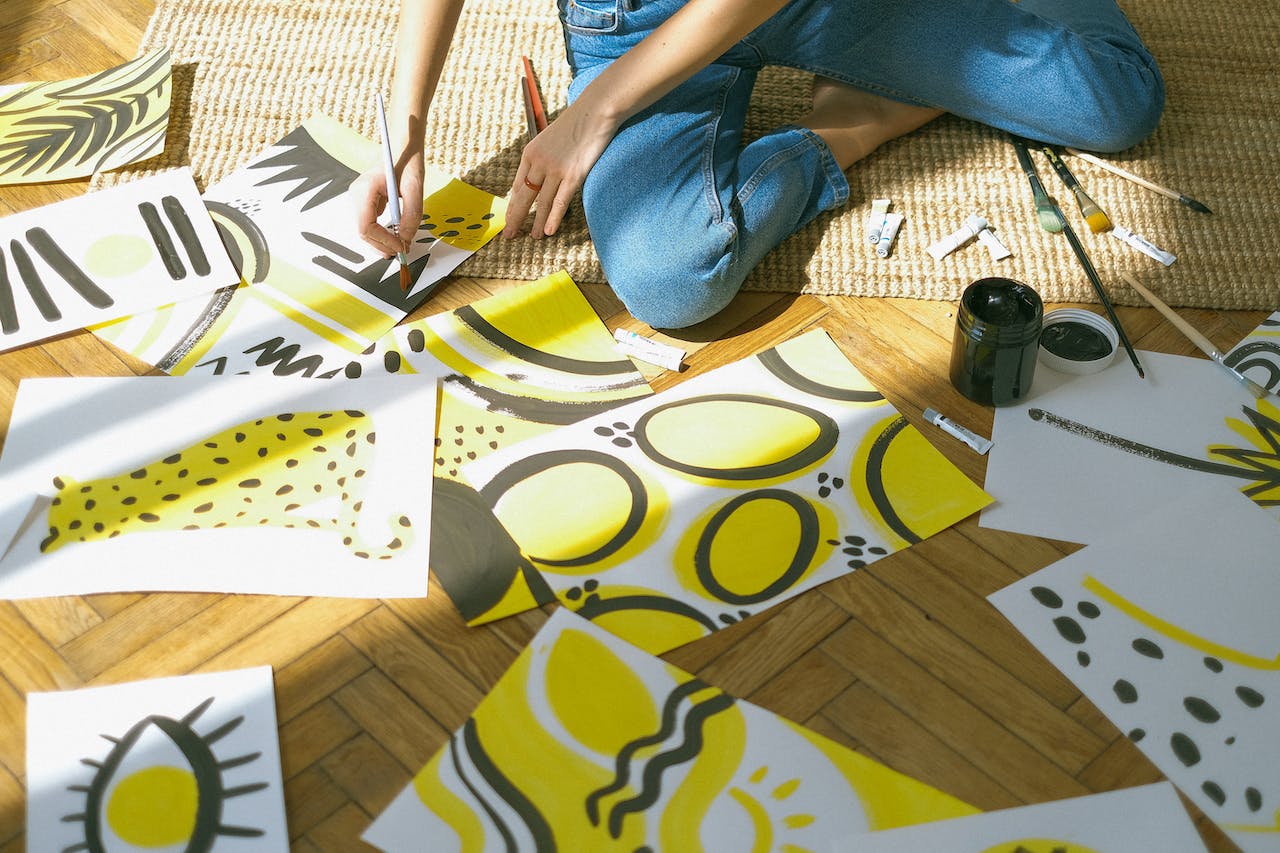
Performing Arts: Theater and Dance
Art doesn't have to be limited solely to visual mediums; performing arts like theatre and dance provide individuals with an outlet for self-expression through various platforms. Theatre classes allow individuals to explore multiple characters, emotions, narratives and narratives through theatre performances, while dance classes allow people to communicate their stories through movement. Both forms enhance artistic skills and develop confidence, teamwork skills and self-awareness.
Digital Art and Graphic Design
With technology constantly transforming our lives, art classes focusing on digital art and graphic design have become increasingly popular. These classes equip individuals with the skills needed to produce stunning digital illustrations, animations and graphics using various software tools, helping individuals express their creativity digitally while opening up new avenues in art.
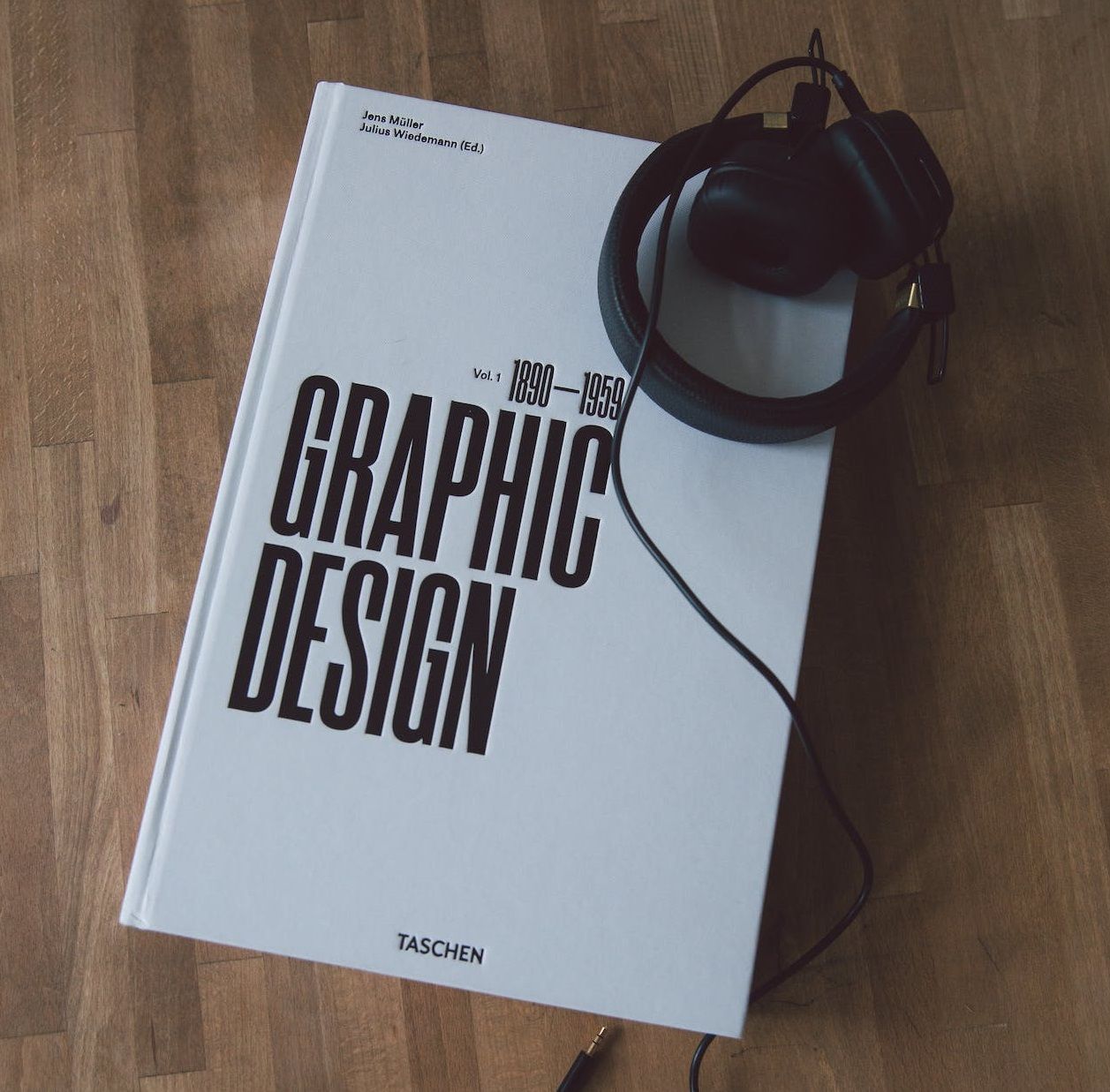
Enhancing Artistic Skills
Art classes do more than create beautiful pieces; they also play an integral part in developing various skills. Here's an exploration of how art classes strengthen artistic capabilities:
Developing Observation and Perception
One of the primary goals of art classes is to foster observation and perception skills. By exploring various subjects, artists learn to pay close attention to details, proportions, and relationships and recreate them on paper or canvas. Their keen sense of observation extends outside the art studio into ways of perceiving and appreciating life outside.
Encouraging Creativity and Imagination
Art classes offer individuals a safe and supportive space to express their creativity and imagination. From brainstorming ideas to experiment with various materials and techniques, artists are encouraged to think outside the box and push the limits of their artistic abilities. Art classes foster an atmosphere of curiosity and innovation, which allows individuals to develop their creative voices.

Learning Art History and Cultural Context
Art is deeply interwoven with history and culture; therefore, art classes often offer lessons on art history that teach individuals about various movements, artists, and their contributions. By understanding the context in which artworks were produced, individuals can gain a deeper appreciation for them while drawing inspiration from past art masterpieces to create something original.
Building Technical Proficiency
Art classes give individuals the foundation they need to develop technical proficiency in their chosen art form. From mastering brush strokes and colour theory to honing sculpting techniques and sculpting techniques - art classes offer guidance and practice opportunities that enable individuals to hone their artistic talents. Individuals can refine their abilities and expand their creative potential with a consistent effort from instructors with proven expertise.
Fostering Critical Thinking and Problem-Solving
Art isn't solely about creating beautiful works of art - it also fosters critical thinking and problem-solving skills. Art classes frequently include assignments or projects that challenge individuals to analyze, interpret and solve artistic challenges such as composition decisions or making creative choices - both activities that develop these essential abilities within art itself by constantly refining their critical thinking skills and honing problem-solving skills in visual art forms.
Art Classes for Different Age Groups
Art education does not discriminate based on age; individuals of all ages can reap the rewards from participating in art classes. Let's take a closer look at how these art courses cater to varying age groups:
Art Education for Children
Art can play an integral part in children's holistic development. Art classes designed specifically for kids focus on cultivating creativity, imagination and self-expression - including age-appropriate activities like finger painting, collage making or storytelling to engage young minds and allow them to explore their artistic potential.
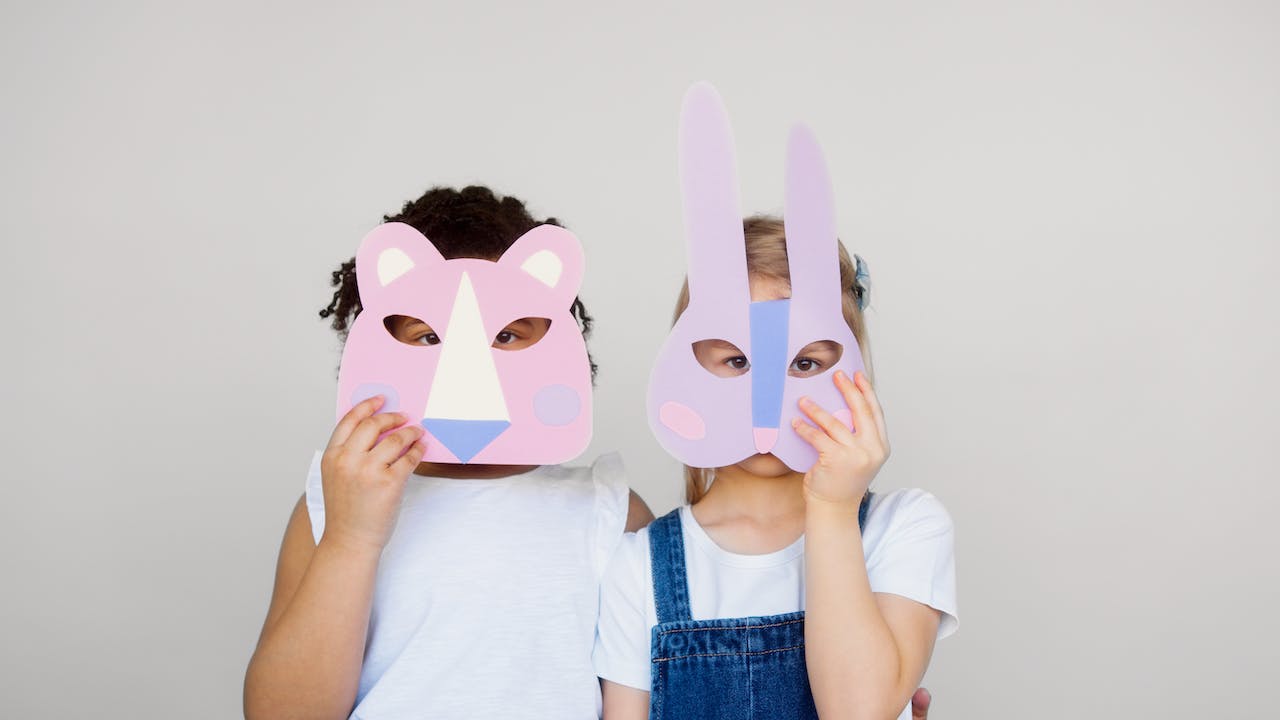
Art Education for Teenagers
Teenagers face unique challenges as they try to define their sense of identity and aspirations. Art classes offer them an outlet to express emotions and thoughts creatively while also exploring technical aspects - allowing them to experiment with various mediums while sharpening artistic skills and finding their creative voice.
Art Education for Adults
Adult art classes provide an avenue for personal enrichment, stress relief, and self-discovery. These classes accommodate individuals of all skill levels - from beginners to seasoned artists - and cater for everyone interested in picking up a new hobby, honing existing abilities or exploring new art forms. Art classes for adults offer a supportive environment where personal growth and artistic development may flourish.
Conclusion
Art classes offer invaluable benefits in nurturing creativity, honing artistic abilities, and encouraging personal development. Art classes allow individuals of all ages to explore various art forms while broadening their horizons through lifelong learning and art education programs by promoting lifelong learning and accepting art education as integral to living a rich life filled with artistic expression.
FAQs (Frequently Asked Questions)
How can art classes benefit individuals not intending to pursue an art career?
Art classes provide numerous advantages beyond simply becoming artists; they encourage self-expression, sharpen cognitive abilities, build confidence and offer relaxation and stress relief. Engaging in art opens up new areas of creativity while sparking new interests that open doors in many aspects of life.
Are art classes necessary?
Prior art experience is optional to enroll. Art classes provide an ideal introduction and platform for individuals of all skill levels, from beginners to experienced artists, to explore and expand their artistic interests and hone their creative capabilities.
How can one identify credible and suitable art classes in their locality?
To locate credible and suitable art classes near you, start your research by exploring local art institutions, community centres and studios. Read reviews, talk with instructors and assess the curriculum/teaching approach before enrolling. Word-of-mouth recommendations from other artists may also assist in finding suitable art classes.
What activities can individuals engage in as additional pursuits to their art classes?
Individuals taking art classes can supplement them by engaging in activities like visiting galleries and museums for inspiration, joining art communities or clubs to connect with fellow artists, reading art-related books and magazines, or experimenting with different art materials and techniques outside of class. The key is immersing oneself in the art world while continually seeking opportunities for growth and expansion.

